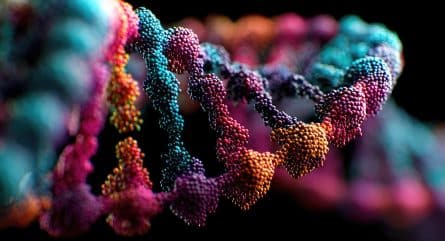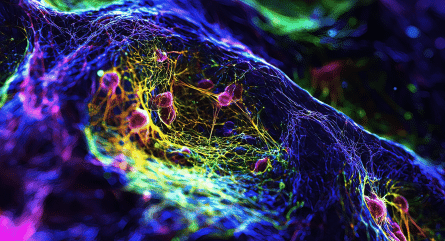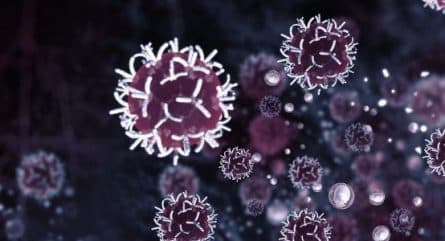The Syrian hamster—that cute, lovable first pet to so many children that tends to teach kids about the cycle of life by dying at inopportune times—is also a rising superstar in the world of CRISPR gene editing.
To date, CRISPR gene editing studies have mostly focused on rats and mice. But a new study by a team of researchers from Georgia State University shifted CRISPR attention to the Syrian hamster – and came away with some surprising results: the gene edited hamsters turned into angry bullies.
According to the study, published in PNAS, the research team used CRISPR gene editing to block a neurochemical signaling pathway, and in the process found that the hamsters’ social behaviors changed in unexpected ways.
What are Syrian Hamsters?
Syrian hamsters (Mesocricetus auratus) are rodents that belong to a subfamily of hamsters that look suspiciously like an unwanted mouse and are naturally found in a small desert-like region where Syria and Turkey meet. Syrian hamsters are a designated vulnerable species due to habitat loss and destructive agricultural practices, although well-established captive breeding programs ensure they are found in pet stores around the world, and making them a common addition to your nine-year-old’s cluttered bedroom.
Syrian Hamster's Role in Scientific Research
They have also played important roles in medical and scientific research. Syrian hamsters – also known as golden hamsters or Mesocricetus auratus – are used to model human medical conditions such as cancer, infectious diseases, and cardiovascular diseases. In March 2020, researchers from the University of Hong Kong found that Syrian hamsters were a suitable model organism for COVID-19 research (and possibly also responsible for bringing COVID-19 to the city in the first place).
Overall, the number of hamsters used in scientific research has been on the decline, though recent applications in gene editing have highlighted their continued importance to science.
In one of the earliest studies, dating to 2014, CRISPR-Cas9 was applied to conduct gene targeting in the critters; it served as the foundation for subsequent site-specific gene targeting in hamsters for eventual study of human disease. In 2020, a team of European researchers used paired guide RNAs to initiate genomic deletions in hamster ovary cells. A different study used CRISPR to identify a screen to comprehensively study genes involved in metabolic traits and understand the novel regulators of metabolism. And in 2021, genetically engineered hamsters were studied to understand dyslipidemia and atherosclerosis-related cardiovascular disease.
But the Georgia State University study may be the most interesting of them all. In it, researchers focused on a hormone called vasopressin. Vasopressin has been administered to children with autism and associated with improvements in social behaviors. In this study, researchers used CRISPR to genetically engineer hamsters that lacked AVPR1A, the receptor that vasopressin binds to. When this happened, the edited hamsters’ social behavior changed—for the worse.
Researchers had hypothesized that the gene editing would reduce aggression and social communication, but the opposite happened. Both aggression and communication increased in both male and female hamsters.
"We were really surprised at the results," the study's lead author, GSU professor H. Elliott Albers, said in a university statement, which failed to describe the hamsters’ ill-humored behavior in detail. "We anticipated that if we eliminated vasopressin activity, we would reduce both aggression and social communication. But the opposite happened."
The bully behavior “suggests a startling conclusion," Albers said. Or, in other words, this region of the brain is not understood as well as previously thought, and the use of vasopressin in children with autism is perhaps not well understood, either.
“Even though we know that vasopressin increases social behaviors by acting within a number of brain regions, it is possible that the more global effects of the AVPR1A receptor are inhibitory,” said Albers in the statement. “We don’t understand this system as well as we thought we did. The counterintuitive findings tell us we need to start thinking about the actions of these receptors across entire circuits of the brain and not just in specific brain regions.”



























